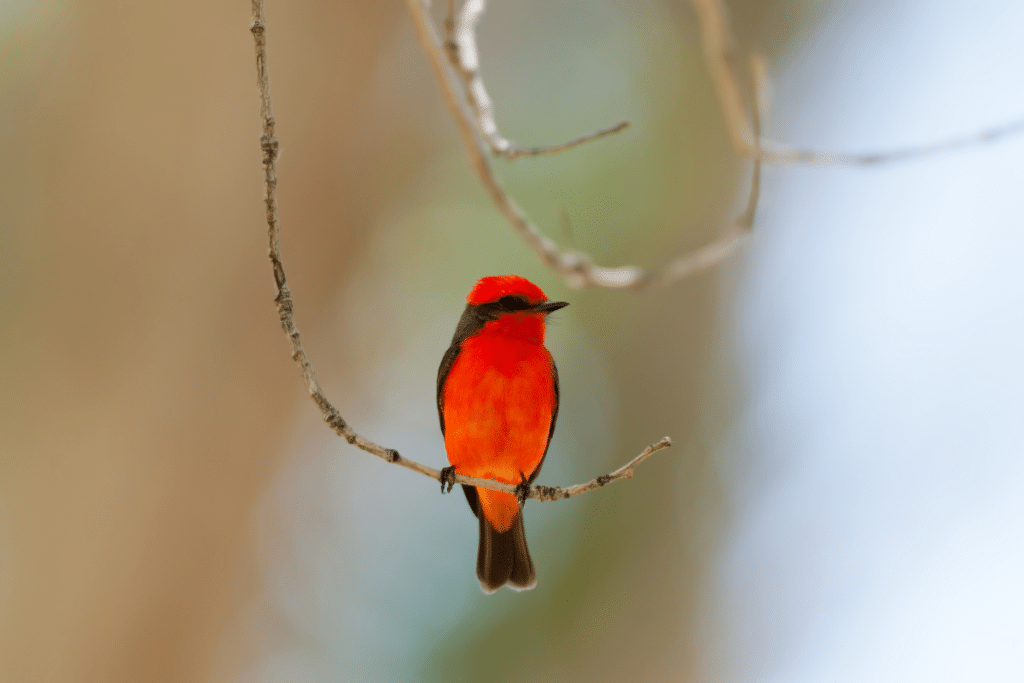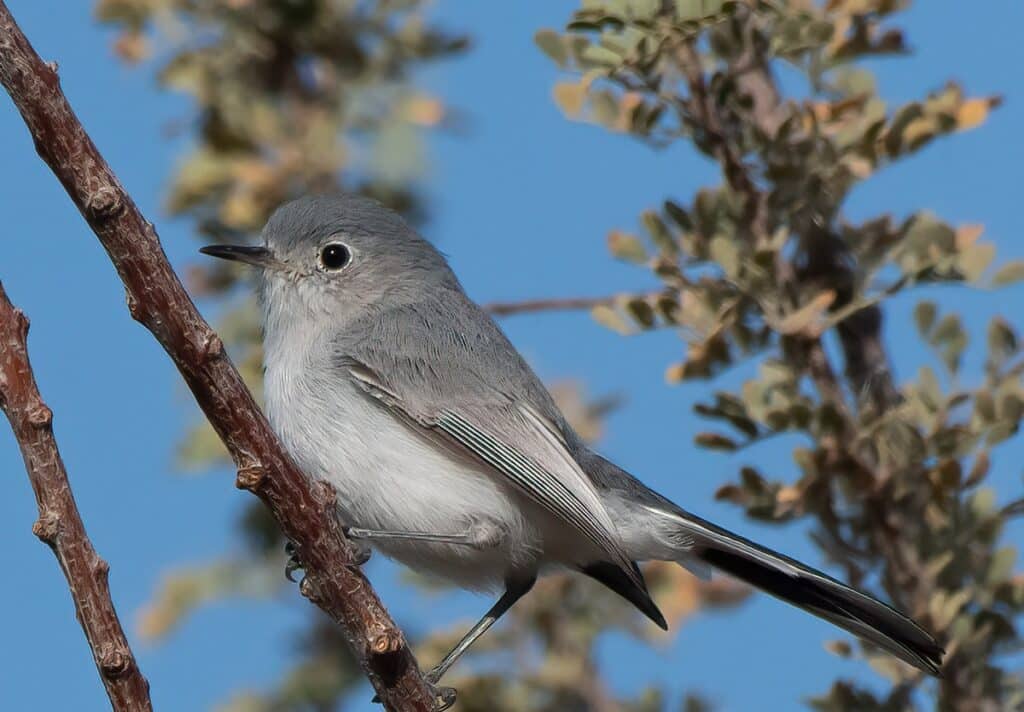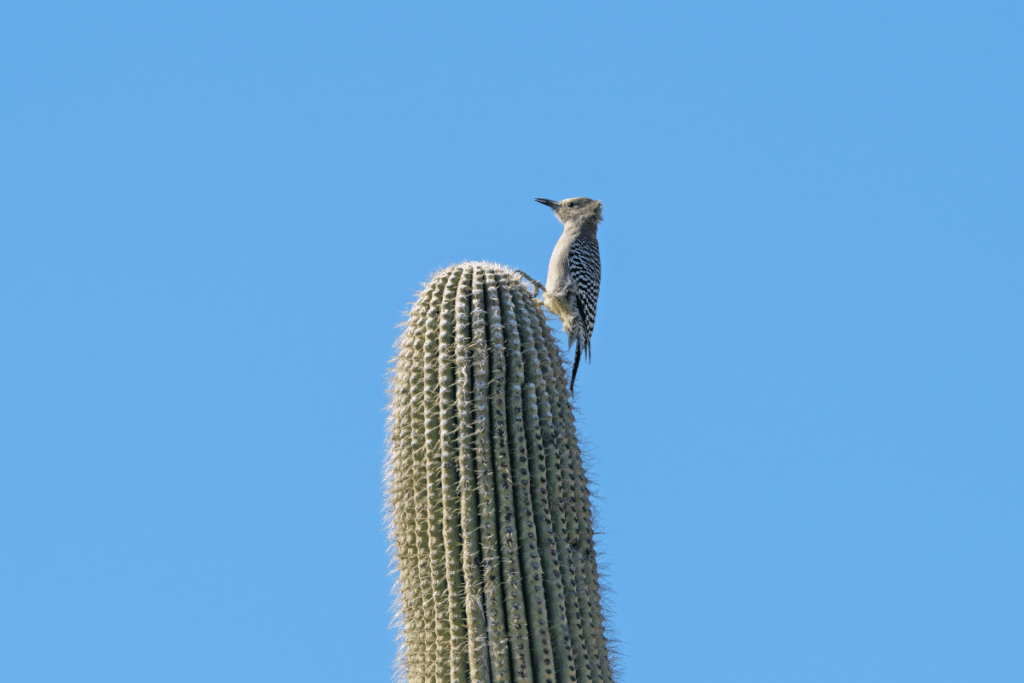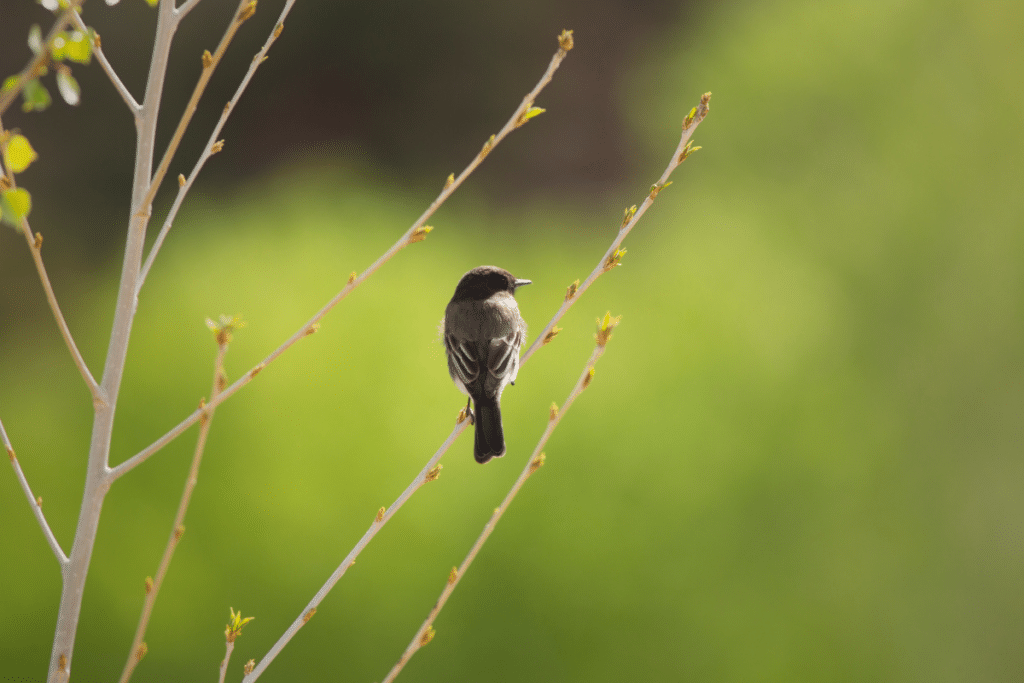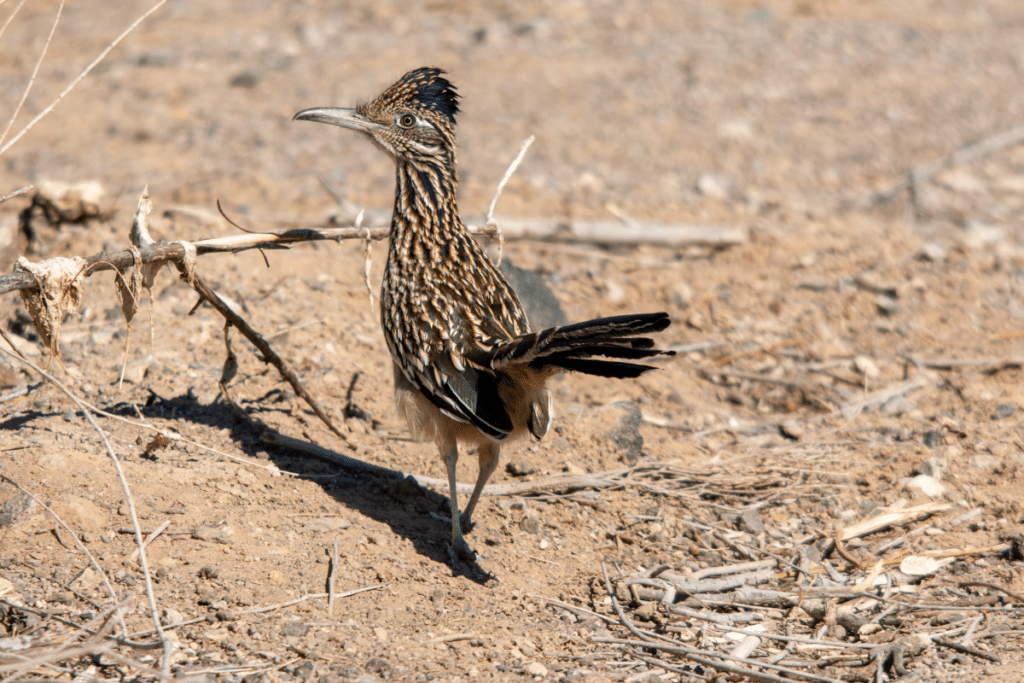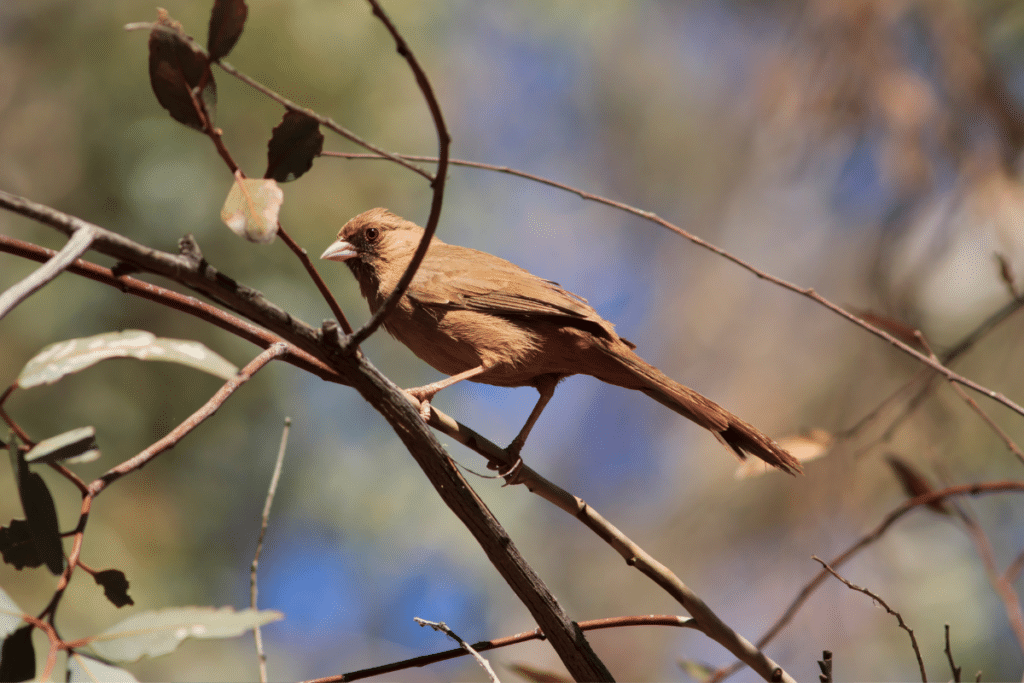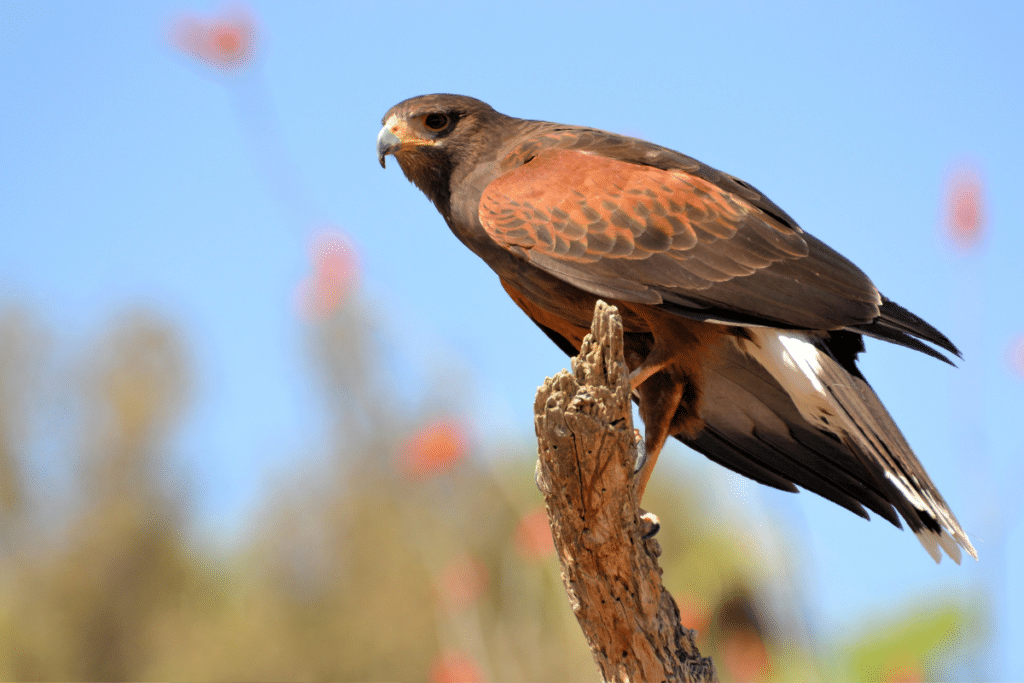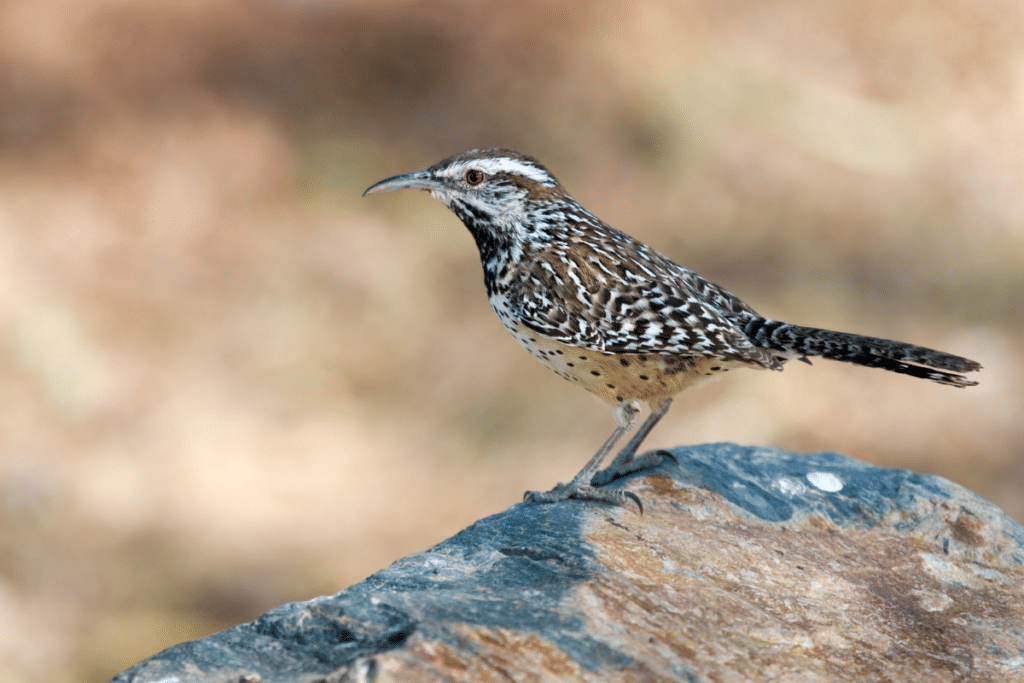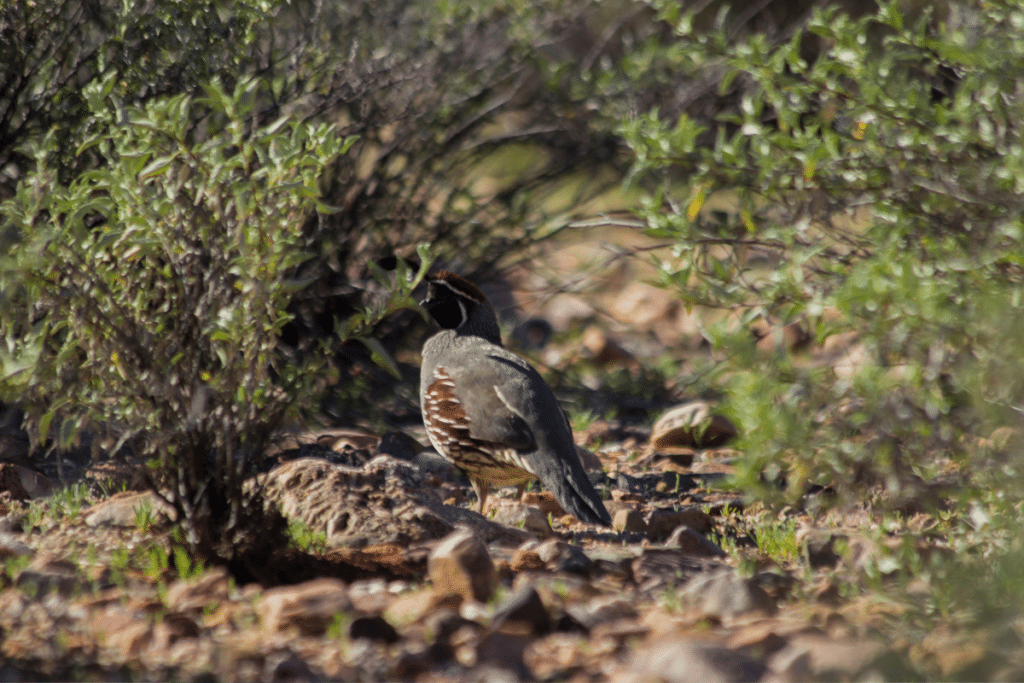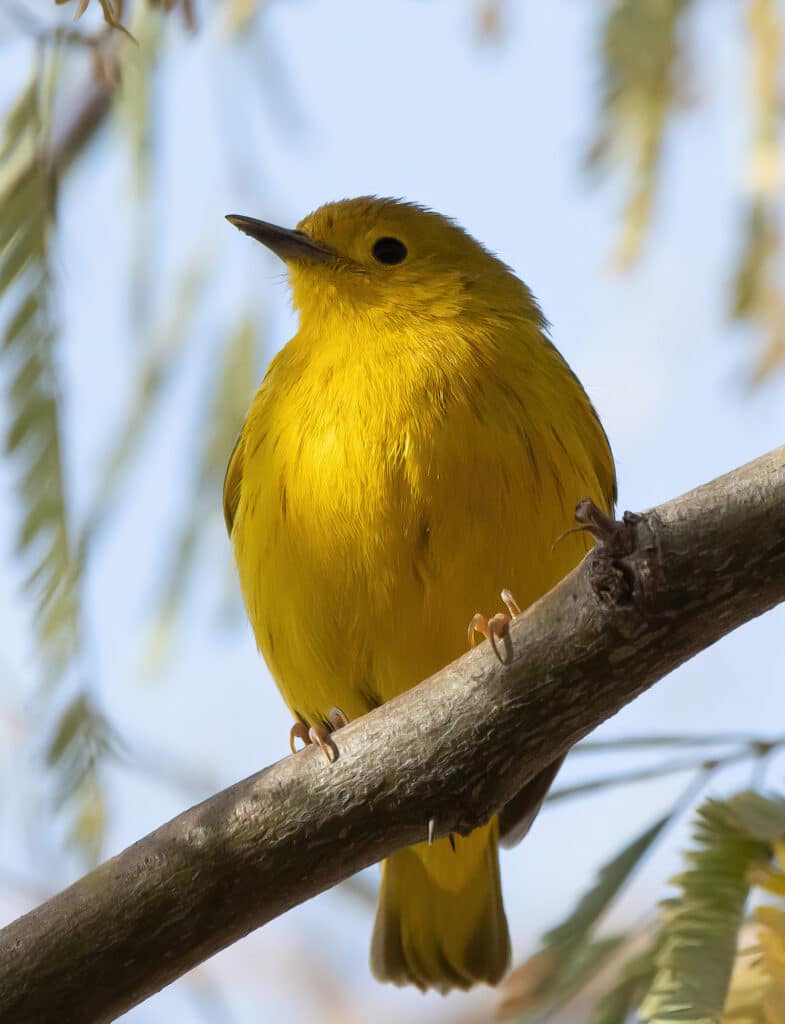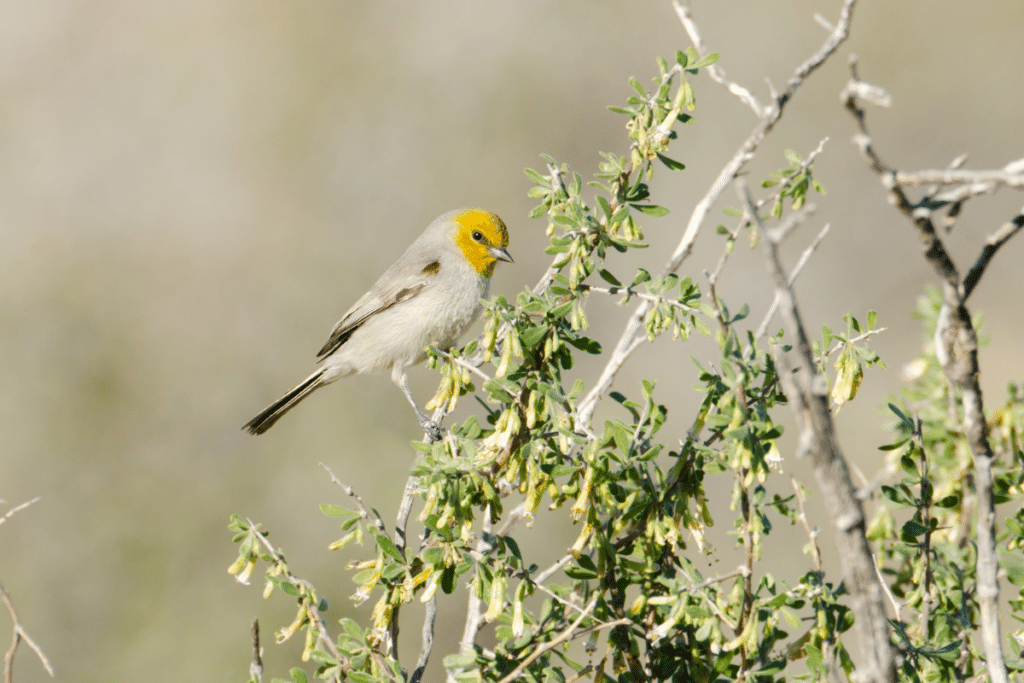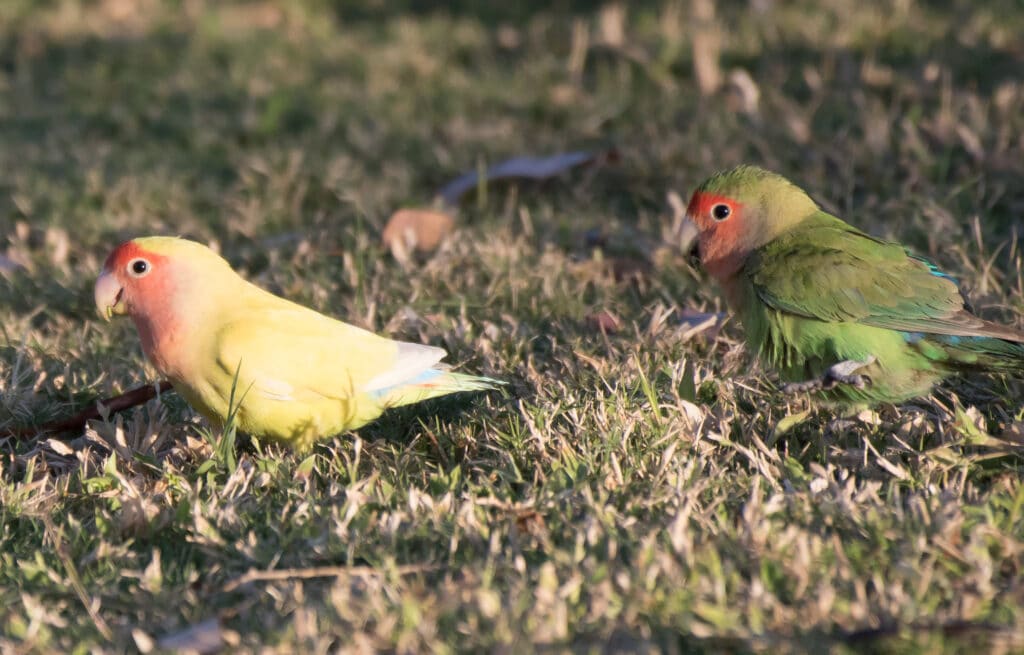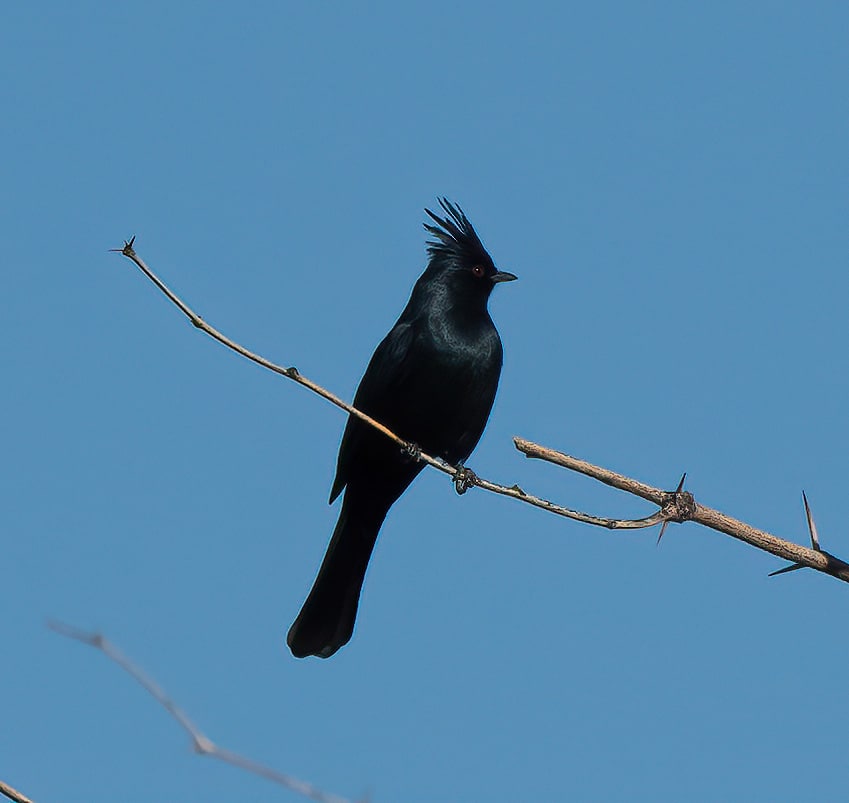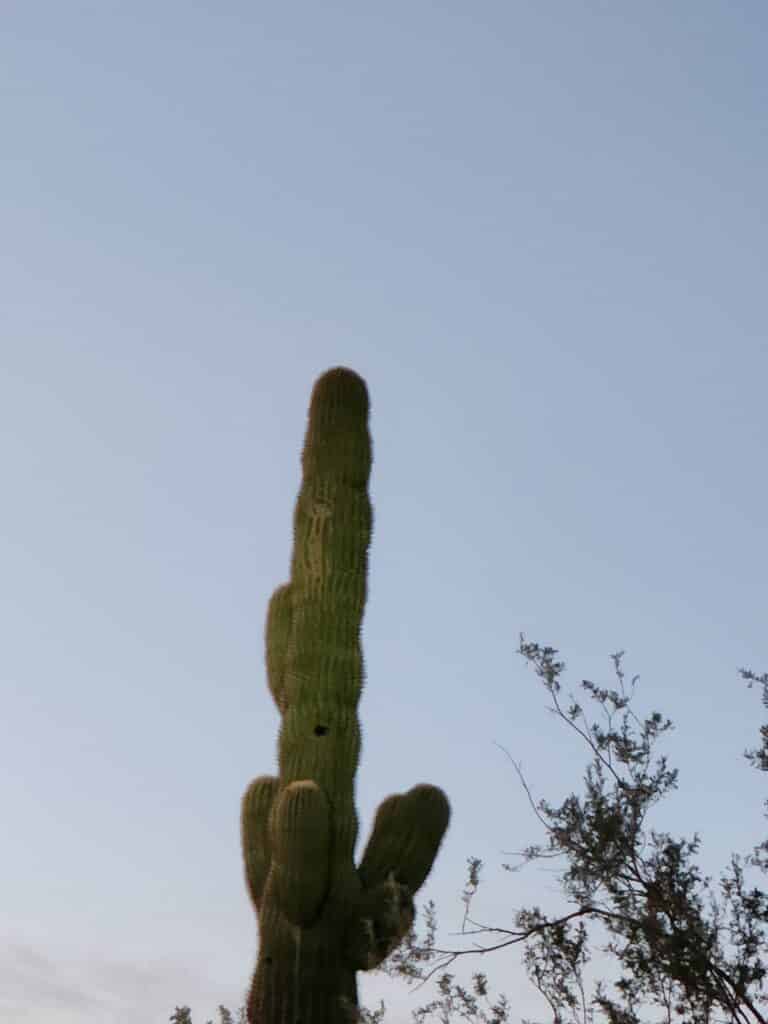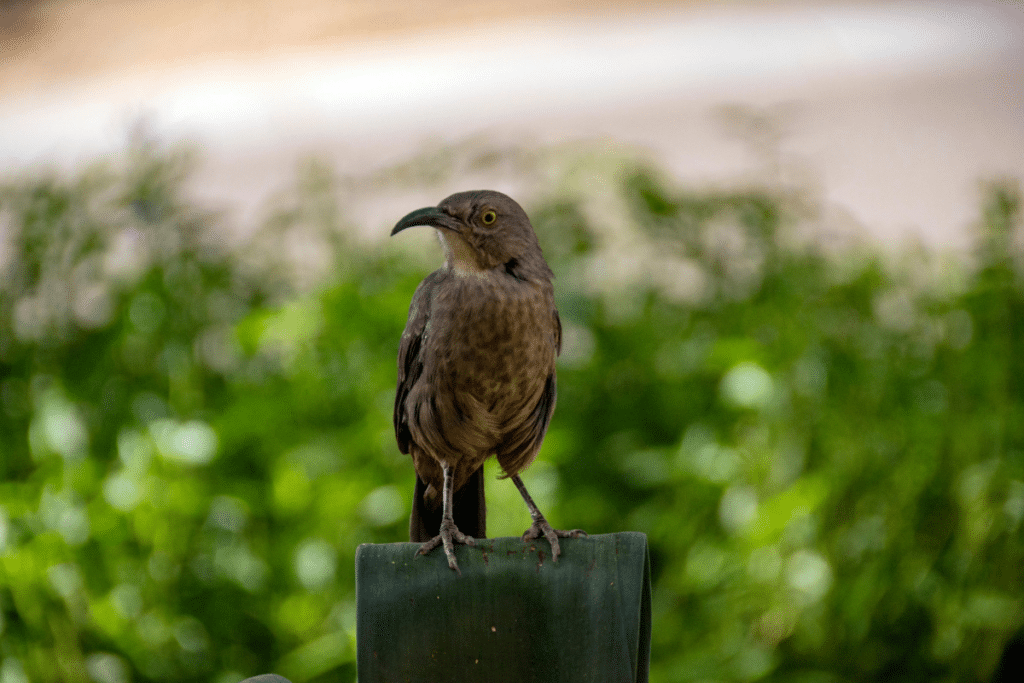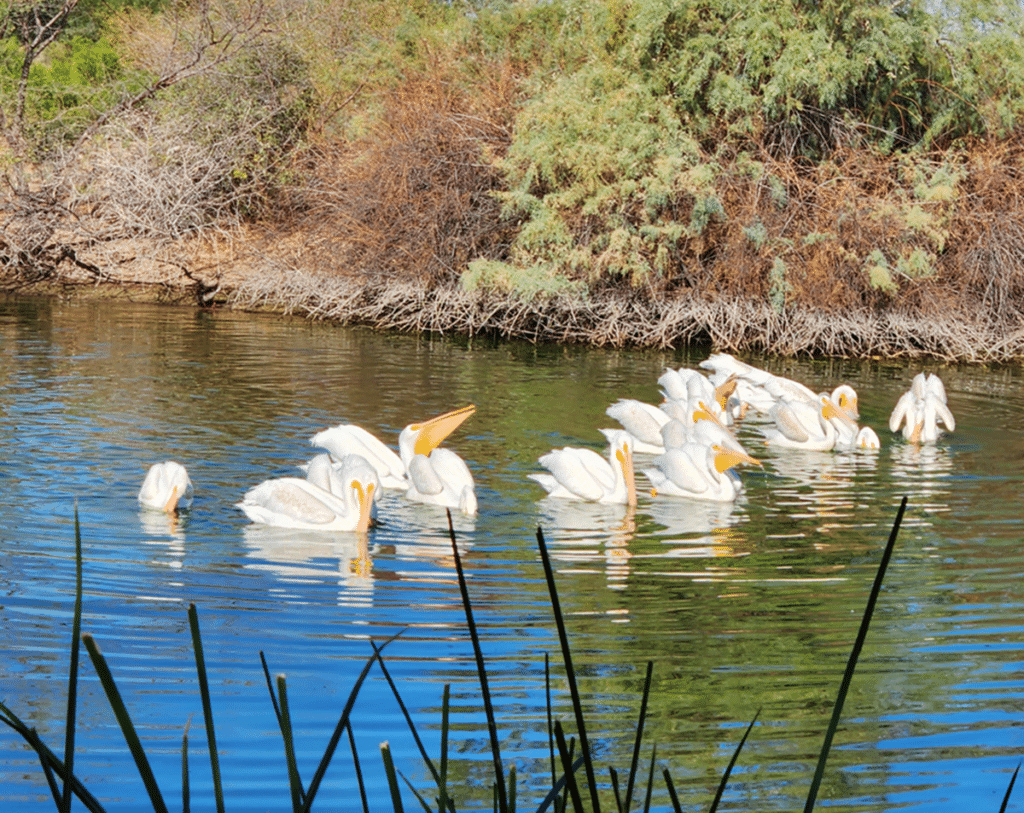Why Birding in Phoenix is Worth It
Birding in Phoenix is one of the best places in the U.S., with over 550 species of birds recorded in Arizona. Whether after desert specialties, rare migrants, or waterbirds, Phoenix offers an incredible variety. The mix of wetlands, mountains, and desert habitats means you have a good chance to spot everything from tiny gnatcatchers to vultures.
I spent two mornings birding in Phoenix in October and saw 72 species in under 12 hours. One of the highlights? Spotting my 1,000th bird – a Vermilion Flycatcher – at Granite Reef Recreation Area. I’m providing the top places that I visited if you have limited time for bird watching in Phoenix. I saw many more species but I’m just listing a few of the highlights that I saw when I was in these areas.
Disclaimer: This post may include affiliate links. If you click one of them, I may receive a small commission at no extra cost to you.
How to start Birdwatching in Phoenix
If you’re new to birding, don’t worry. You just need a few essentials:
Best Birding Locations in Phoenix
Salt River – Granite Reef Recreation Area
Why Go: This riverside area offers exceptional birdwatching opportunities, especially for warblers, shorebirds, and migratory waterfowl during spring and fall. You will also get incredible views of the mountains while you bird along the shore.
I could have spent hours in this area. There was so much to see, even in the fall! Keep your eyes out for wild horses walking in the river – an added treat!
Highlights:
Need to Know: No car is needed once there, but you need a Tonto Pass for parking.
Salt River – Coon Bluff Recreation Area
Why Go: A great mix of riparian and desert habitats, with the chance for unexpected sightings. As we were driving between the Granite Reef Recreation Area to the Coon Bluff Recreation Area, we were lucky to see a Greater Roadrunner – jet across the road right in front of us. It was a target bird for my trip and I was pleasantly surprised to see one here!
Highlights:
Need to Know: Good place to drive between spots and bird from the roadside or trails.
Apache Junction – Prospector Park
Why Go: A great mix of open desert and brushy areas, plus stunning views of Superstition Mountain.
Highlights:
Need to Know: No permit is required. Best to visit in the early morning before it gets too hot.
Kiwanis Park
Why Go: A reliable spot for Rosy-faced Lovebirds, an introduced but thriving species.
Highlights:
Need to Know: An urban park that’s easy to access, and good for a quick stop. There are lovebirds everywhere!
South Mountain Park
Why Go: A massive desert park with great birding at dawn and an impressive trail system. If you are into hiking, this is the place to go. Make sure you start early to beat the heat. The lineup of cars by 6:00 am was crazy!
Highlights:
Need to Know: Bring a flashlight if visiting before dawn so you can see the trails. And look for the little holes, high up in the cactus. Not the best picture, but I promise it is there. If you look close you can see its eyes peering down.
Riparian Preserve at Gilbert Water Ranch
Why Go: One of the best birding spots in Phoenix with a mix of ponds and desert scrub. I wish I could have spent more time there, as there are many areas to explore!
Highlights:
Need to Know: Expect lots of walking on dirt trails. The best time to visit is in the early morning when the birds are the most active.
Electric Park
Why Go: We only stopped here to find Inca Doves, which we did. It’s a quick stop and you will get other birds as well. Make sure you are always looking up for Black Vultures!
Need to Know: A quick stop, but worth it if you’re in the area.
There are many other places to birdwatch in Phoenix like Veterans Oasis Park, or pretty much anywhere in the area. Just keep your eyes open and you will see lots, I promise!
FAQ: What You Need to Know About Birding in Phoenix
Final Thoughts on Birding in Phoenix
If you love birdwatching, Phoenix is an incredible place to visit. Whether you’re searching for desert specialties, waterbirds, or a rare sighting, the variety is impressive. Even in just two half-days, I managed to see 72 species, making for an unforgettable trip. If you’re planning a visit, make sure to get up early, bring plenty of water, and enjoy some of the best birding in Phoenix.
If you enjoyed my post, follow me on social media or subscribe to my newsletter below, so you can stay connected on future posts, trips, tips, and more.



